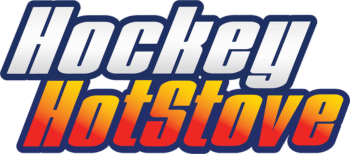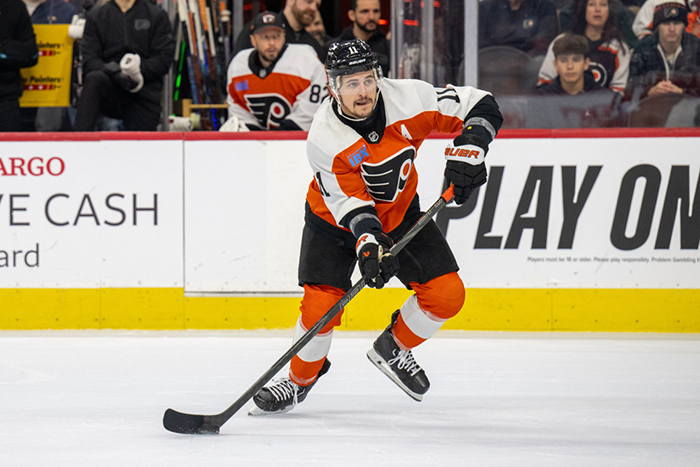Therien’s Take is brought to you by Phans of Philly road trip travel, by Lights On Electric, and by Summit Public Adjusters. This week: The Roger Principle.

Ever heard of the Roger Principle? Basically, it says never place a tactician in charge of a strategic problem. Their hammer sees every new problem as another nail. A Roger does not want to drive off a cliff and brag how good his gas mileage is on the way from the edge of the cliff to the bottom of a canyon.
Oddly enough, the ultimate hockey version of the Roger Principle was the late Roger Neilson. I played under Roger in Philly. He was a very high-level tactical coach. Roger, nicknamed “Captain Video”, was sort of like the absent-minded professor. He got lost in thought. Roger was brilliant in many ways but he could also walk outside, forget his shoes and have the door lock behind him.
He was also someone who studied the NHL Rule Book, cover to cover, looking for loopholes. Roger had unusual ways to approach different situations. It was creativity of a different type.
For example, let’s take a situation trailing late by one goal. Roger believed that the best way to approach a 6-on-5 was NOT to have an extra body near the net. Instead, he preferred to have extra skater up high. Why? It made it tougher or the opponent to clear the defensive zone. Which each failed clear, the more the defense got worn down. The more worn down, the higher the chance of a mistake. The higher the chance of a panicky mistake, the more likely the attack team scored an eventual tying goal.
That made sense in some ways. However, you have to create the chaos and confusion in the first place.
Xs, Os, and ZZZZs
With Roger, everything started from a defensive framework. That included offense. Sound defense would lead to offensive chances. Well, that’s true. But what about when both teams play that way?
I remember one time under Roger when the Flyers played the Washington Capitals to a 1-1 tie. There were something like 28 combined shots for the game. At most, there might have been eight legit scoring chances combined. Both goals came off fluky deflections. Very few turnovers.
Tactically, I guess, it was well-played. But it was a very boring game to play. It was even more boring to the fans who watched it. The Philadelphia Daily News newspaper headline the next day was a beauty: Xs, Os and ZZZZs. The game nearly put everyone to sleep.
Roger, however, loved this game. He told the media that he thought it was our best performance of the year to that point. He loved that we gave up almost no chances and that we didn’t get impatient. Maybe not. We were all nodding off, even the refs.
Remember a couple weeks ago when the Flyers played Calgary? That was a dreadful game. Nearly no offense from either team. Rick Tocchet apologized to the paying customers. Ryan Huska admitted it was boring but said his team needed a game like that.
I don’t know. I personally don’t think anyone needs a game like. Maybe that’s why I played professionally but never wanted to coach professionally.

Structure vs.creativity
At some point, good teams know how to take calculated risks. When no one takes ANY risks, hockey becomes very boring. Goals, physicality, tension and emotion make hockey fun. It’s kind of “organized chaos”. Yes, I know that contradicts itself. But it is possible. We know that because we see it when games are at their best.
The problem for coaches is to get players to buy into their systems without becoming like robots. Coaches can’t “script” hockey games. Some have tried but it rarely works. There’s too much that’s unpredictable. So there’s a time to be structured and a time to be creative. Knowing exactly WHEN that time comes is all about Hockey IQ and read on the play. It’s an action based off an instinct not a math formula. Even set plays are more about a gut feel than what’s on the white board.
It’s one thing to thing to talk over a set play before a faceoff. It’s something else to pull it off successfully. Half of it is good execution. The other half is good luck. Pucks bounce. Sticks break.Stuff happens. It’s hockey.
One of the things everyone loved about Roger was that he loved thinking up unusual ideas but he also loved to teach structure. Is that a contradiction? Yes, but it was also what made him the coach he was.




